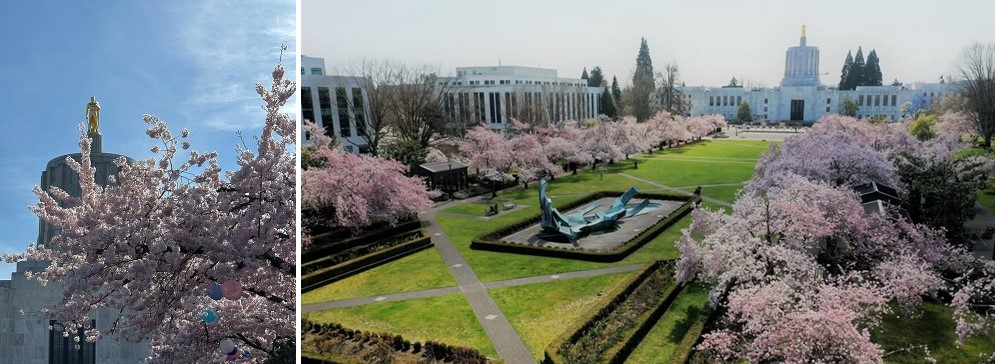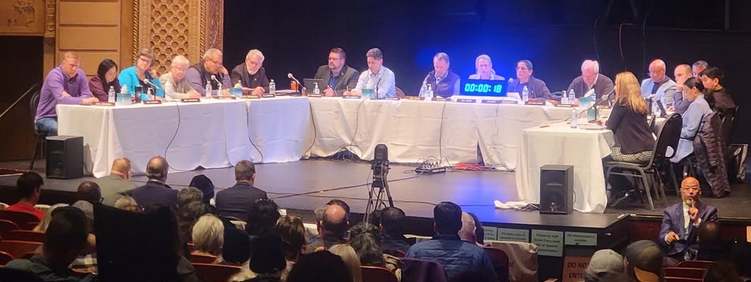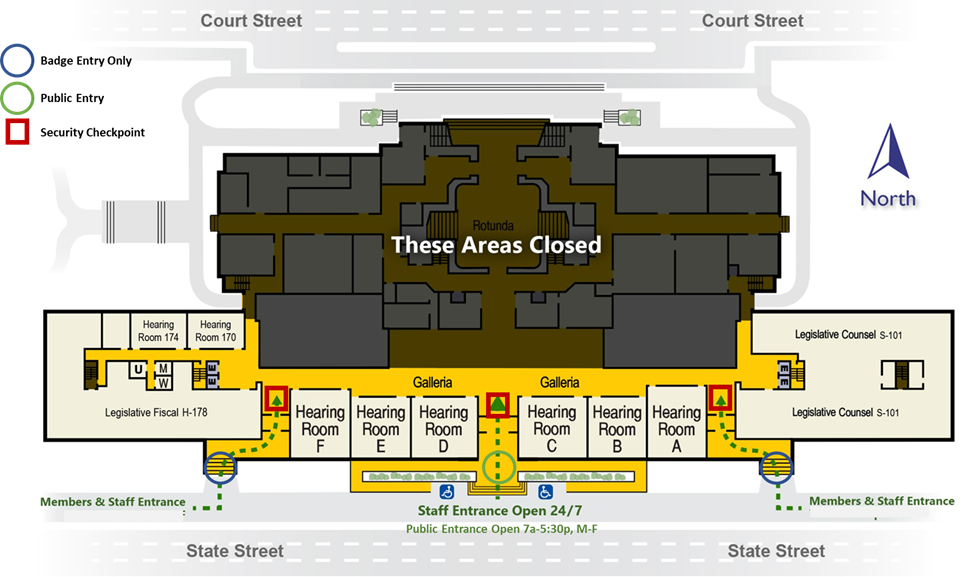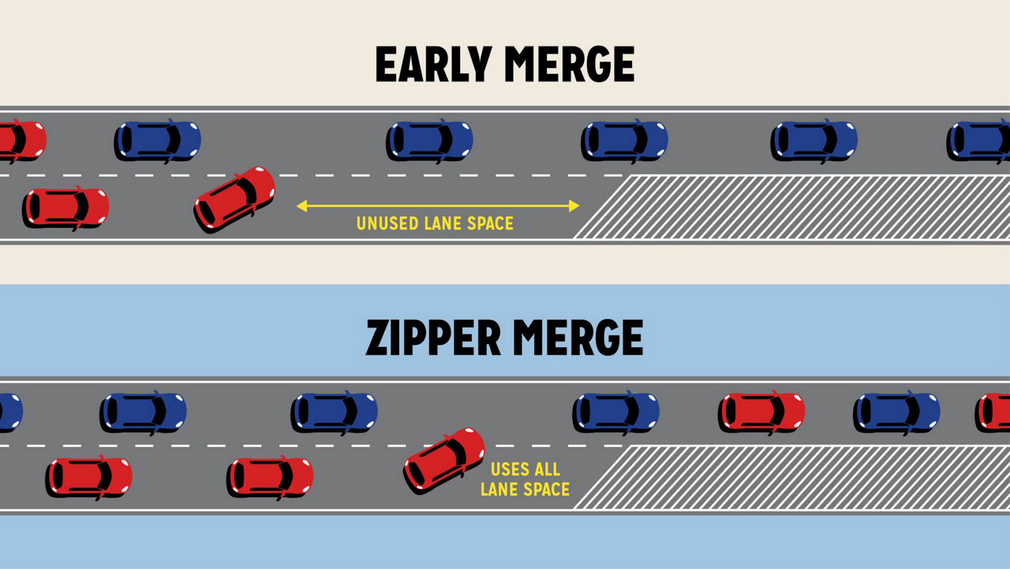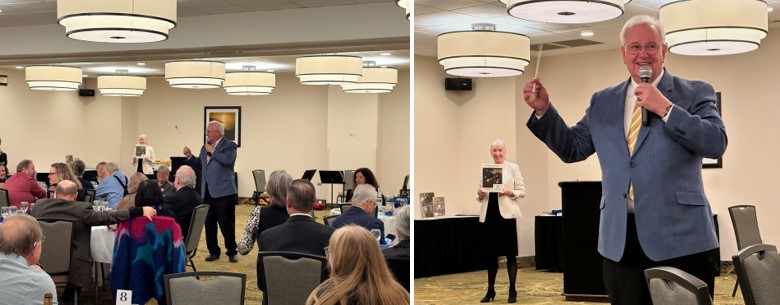| Still on the transportation topic, I have shared several times in my newsletters that the Legislature is working to create an updated critical Transportation Plan to protect and sustain our infrastructure system.
The safety and sustainability of our roads and bridges are critically important and impact the lives of all Oregonians, but Oregon currently faces a severe funding crisis.
Revenue from the fuel tax, which is our primary source of highway funding, is in decline. But our needs statewide remain and continue to grow in cost. Without funding reform, reduced state highway fund revenues will negatively affect roads, sidewalks, and bike lanes in cities and counties. We will not be able to meet other critical needs, like safety and resiliency, supporting our climate goals, maintaining our facilities, and ensuring equitable distribution to cities and counties.
The Legislature will act in 2025 to ensure there are stable, sufficient, and diversified funding mechanisms that will support our multimodal system and meet the needs of everyone now and into the future. For more background information, view this informational sheet.
The plan being worked on is based on extensive conversations with jurisdictions, stakeholders, and the public over the last ten months and work that started in 2023:
- Starting in June and finishing in late September, the Joint Committee on Transportation traveled the state on the 12-stop Transportation Safety and Sustainability Outreach Tour to hear about transportation needs directly from Oregonians.
- After the tour, the Transportation Committee held a series of topic-specific workgroups to continue the more nuanced conversations and consider ideas heard on the tour. Almost 50 hours of meetings occurred from October – January. The workgroups focused on three main categories of the transportation package: maintenance and operations, public and active transit, and HB 2017 (2017) priority commitments. All three transportation workgroups successfully reviewed extensive amounts of information about our transportation system. Together, the workgroups used the lenses of equity, safety, and environment to identify the critical needs to address in the upcoming Transportation Plan.
- During the 2025 Legislative Session, the Committee has continued conversations and held a series of public hearings to provide thorough information on our priority needs and potential policy actions to meet those needs. You can follow the Transportation Committee’s work here.
Oregon taxpayers deserve sound stewardship of their hard-earned dollars and to know that agencies entrusted with those dollars will use them wisely. The Committee is working through a collaborative, bipartisan, and bicameral effort to identify accountability measures that will ensure Oregonians can be confident in the work of the Department of Transportation.
To learn more about the accountability work of the Transportation Committee, I recommend the following:
- Joint Transportation Committee Hearings on Accountability (videos will play at the exact point in the meetings where the accountability discussions begin)
|
